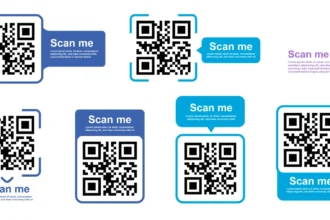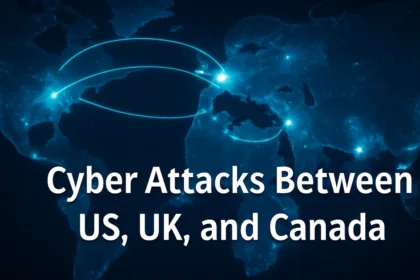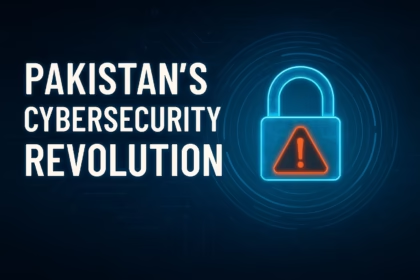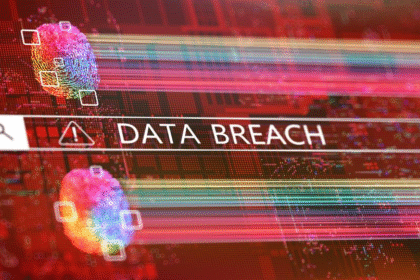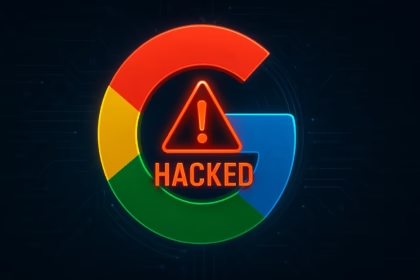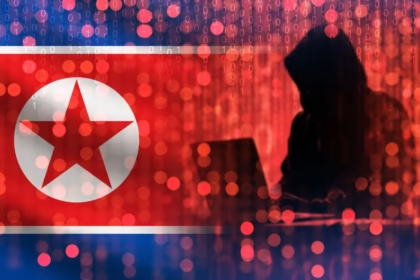In a significant escalation of cyber threats targeting federal infrastructure, multiple U.S. government agencies have experienced breaches of Cisco firewall devices, according to a senior federal official. This discovery prompted the Cybersecurity and Infrastructure Security Agency (CISA) to issue an emergency directive on Thursday, September 25, 2025, mandating immediate action across all federal civilian agencies.
Emergency Directive Issued by CISA
On September 25, CISA released Emergency Directive 25-03, titled “Mitigation of Known Exploited Vulnerability in Cisco Adaptive Security Appliance (ASA) and Firepower Threat Defense (FTD) Software.” The directive requires affected agencies to:
- Identify all impacted devices within their networks.
- Apply critical security patches without delay.
- Conduct forensic analyses for signs of compromise.
- Report findings to CISA within 48 hours.
The directive emphasizes that failure to comply may expose networks to unauthorized access, data exfiltration, or lateral movement.
Details of the Breach
The breach involves Cisco ASA and FTD firewalls, critical components of government network defenses responsible for filtering traffic, intrusion prevention, and secure remote access. The devices run software versions with a critical remote code execution (RCE) vulnerability (CVE-2025-5568) that allows attackers to gain full control without authentication. Experts suggest the vulnerability was exploited through a zero-day attack prior to the wide availability of patches.
While CISA has not publicly disclosed specific agencies affected or data compromised, internal sources report that several hundred vulnerable devices remain operational within federal departments.
Suspected Attribution
No official attribution has been made; however, cybersecurity analysts suspect state-sponsored advanced persistent threat (APT) actors, possibly linked to China, Russia, or Iran, given their history of targeting network infrastructure. Cisco has confirmed the vulnerability and recommends updating to FTD version 7.5.2 or later, though patch adoption is delayed in some government systems due to legacy configurations.
Significance of the Breach
Firewall compromises are particularly severe because they provide attackers with backdoor access behind perimeter defenses, the ability to intercept encrypted traffic, and the means to move laterally within internal networks. Such intrusions can remain undetected for extended periods, facilitating prolonged intelligence gathering or preparation for future disruptive actions. This incident bears resemblance to previous supply chain attacks such as SolarWinds in 2020 and Log4j in 2021, both of which weaponized foundational technologies at scale.
Government Response and Broader Impact
The White House National Cyber Director’s office has convened an emergency meeting including DHS, FBI, and intelligence agencies to coordinate response efforts. All agencies have been instructed to operate under the assumption that breaches may have occurred until proven otherwise.
Beyond the federal government, private sector organizations that use Cisco firewalls—across healthcare, energy, finance, and telecommunications sectors—are advised to conduct immediate audits of their systems. CISA has published detection and mitigation resources on its website to aid in these efforts.
Expert Commentary
Dr. Elena Ramirez, Senior Fellow at the Center for Strategic & International Studies (CSIS), stated, “This incident underscores the critical need for faster patch cycles, improved visibility into legacy systems, and mandatory cyber hygiene standards. When firewalls become targets, the fundamental trust model of network security is compromised.”
Budget constraints and outdated IT infrastructure continue to challenge the timely application of patches, leaving critical systems vulnerable despite the existence of fixes.
Conclusion
The breach of Cisco firewall devices within U.S. federal networks illustrates the persistent challenges in cybersecurity, particularly the risk posed by delayed patching and legacy system vulnerabilities. As hostile actors become increasingly sophisticated, the interval between vulnerability disclosure and exploitation continues to narrow. This event serves as a stark reminder that cybersecurity must be proactive, automated, and enforced rather than reactive.
Ongoing investigations and containment efforts are underway, with updates to follow as the situation develops.
References:
- Bloomberg. (September 26, 2025). Hacking Campaign Has Breached Cisco Devices in US Government.
- Cybersecurity and Infrastructure Security Agency (CISA). (September 25, 2025). Emergency Directive 25-03: Mitigate Cisco ASA and FTD Vulnerability.
- Cisco Systems. (September 2025). Security Advisory: CVE-2025-5568 – Critical RCE in ASA and FTD Software.
- White House National Cybersecurity Strategy Implementation Plan (2025).







